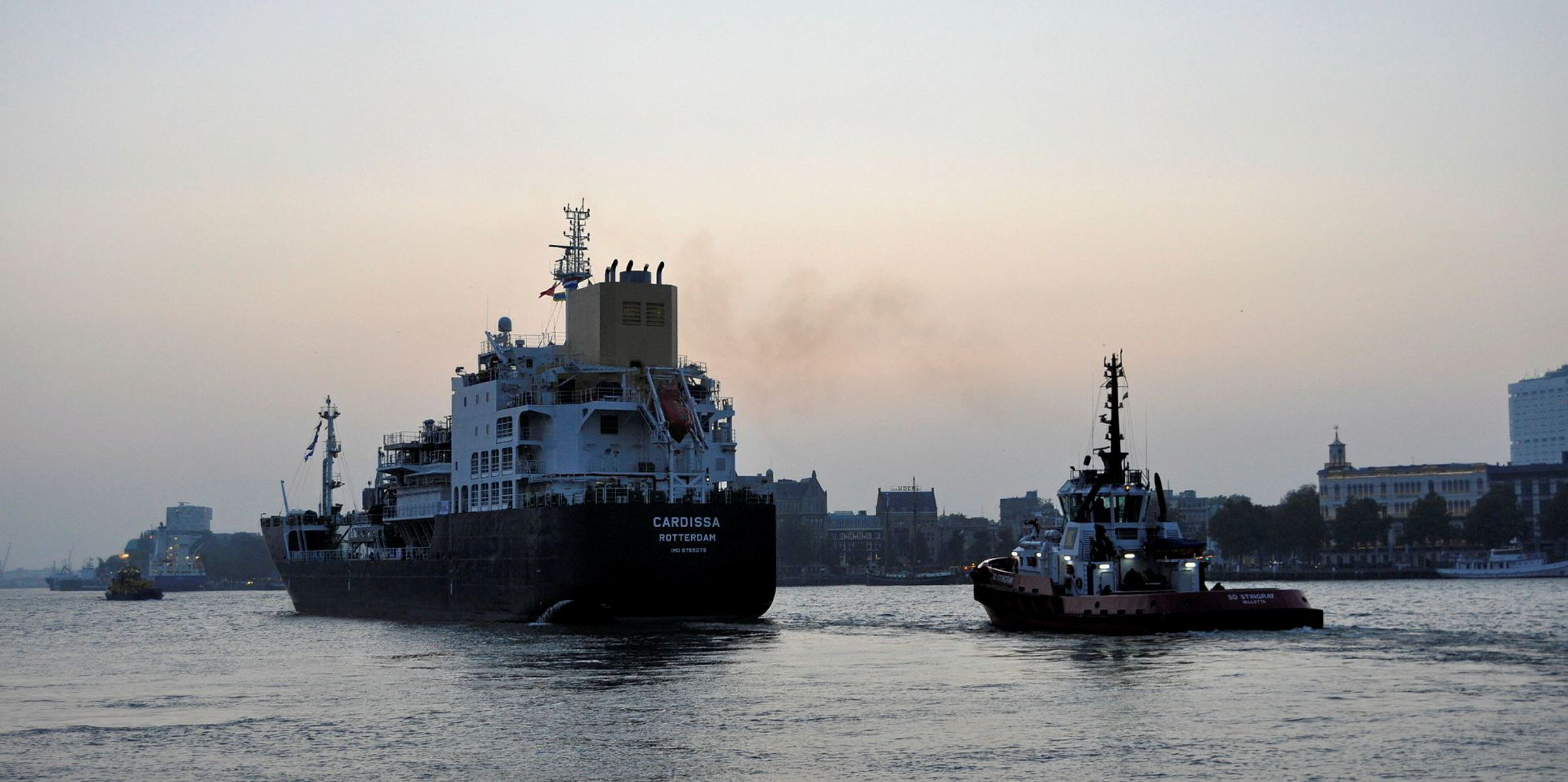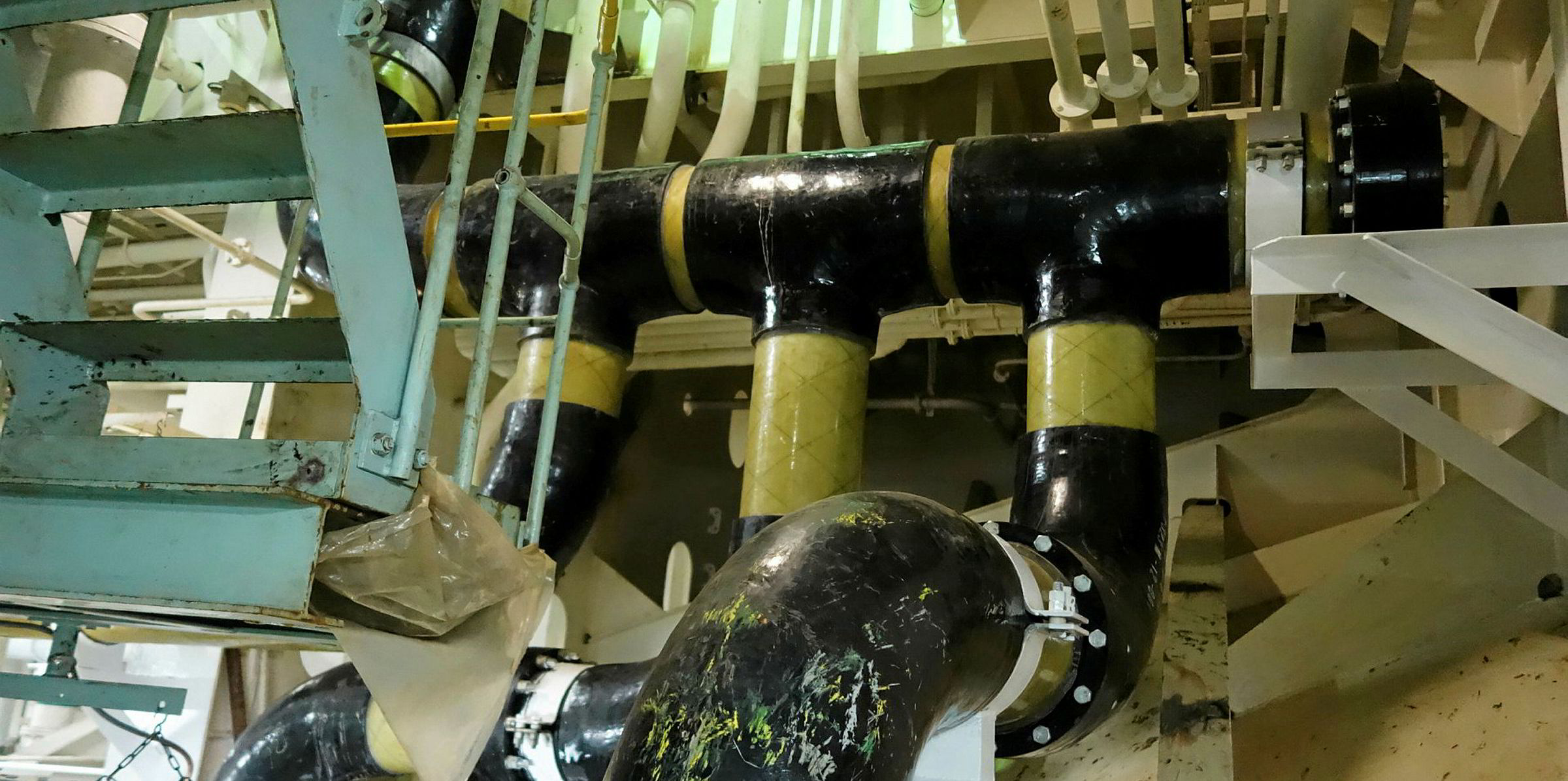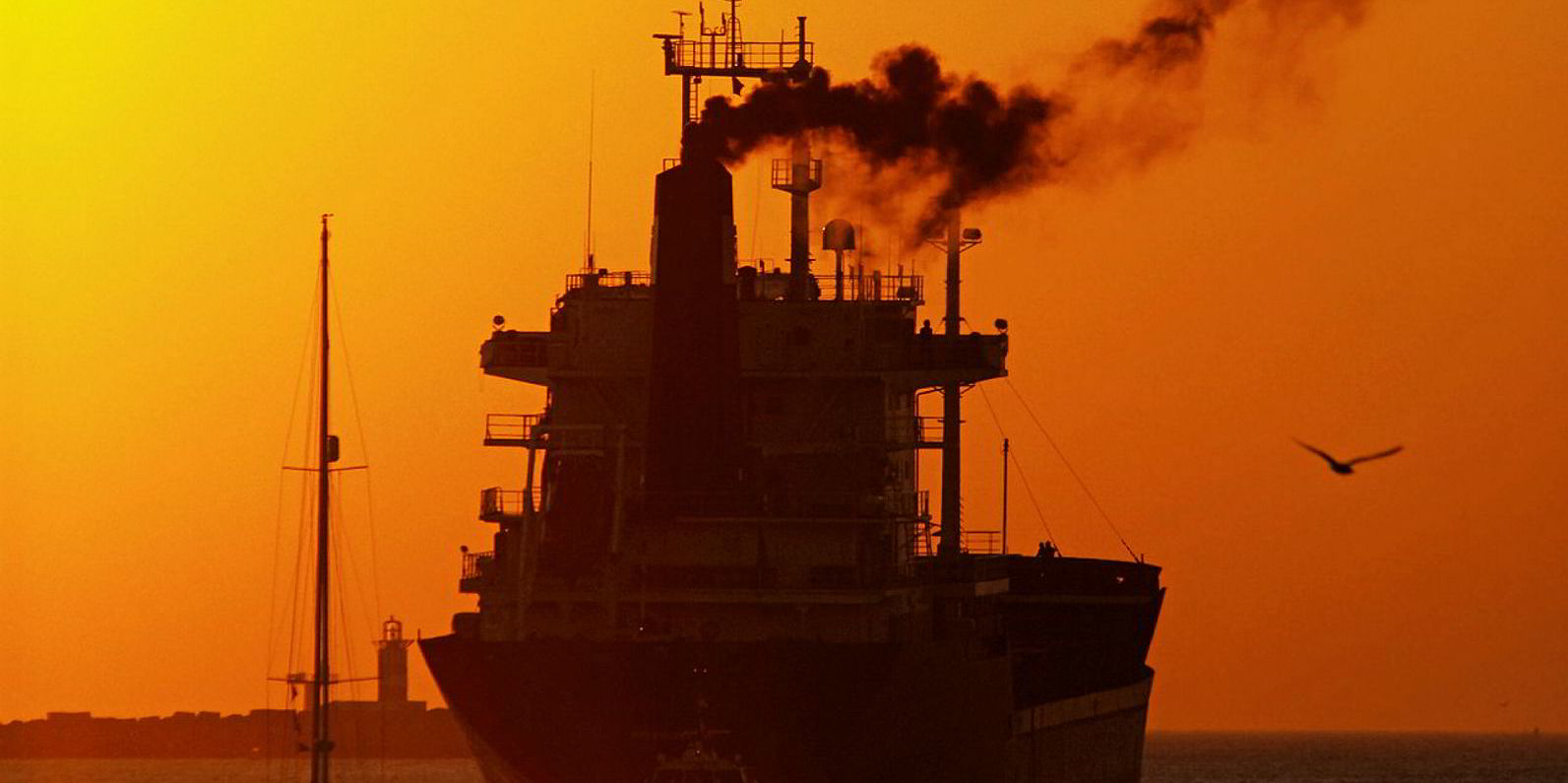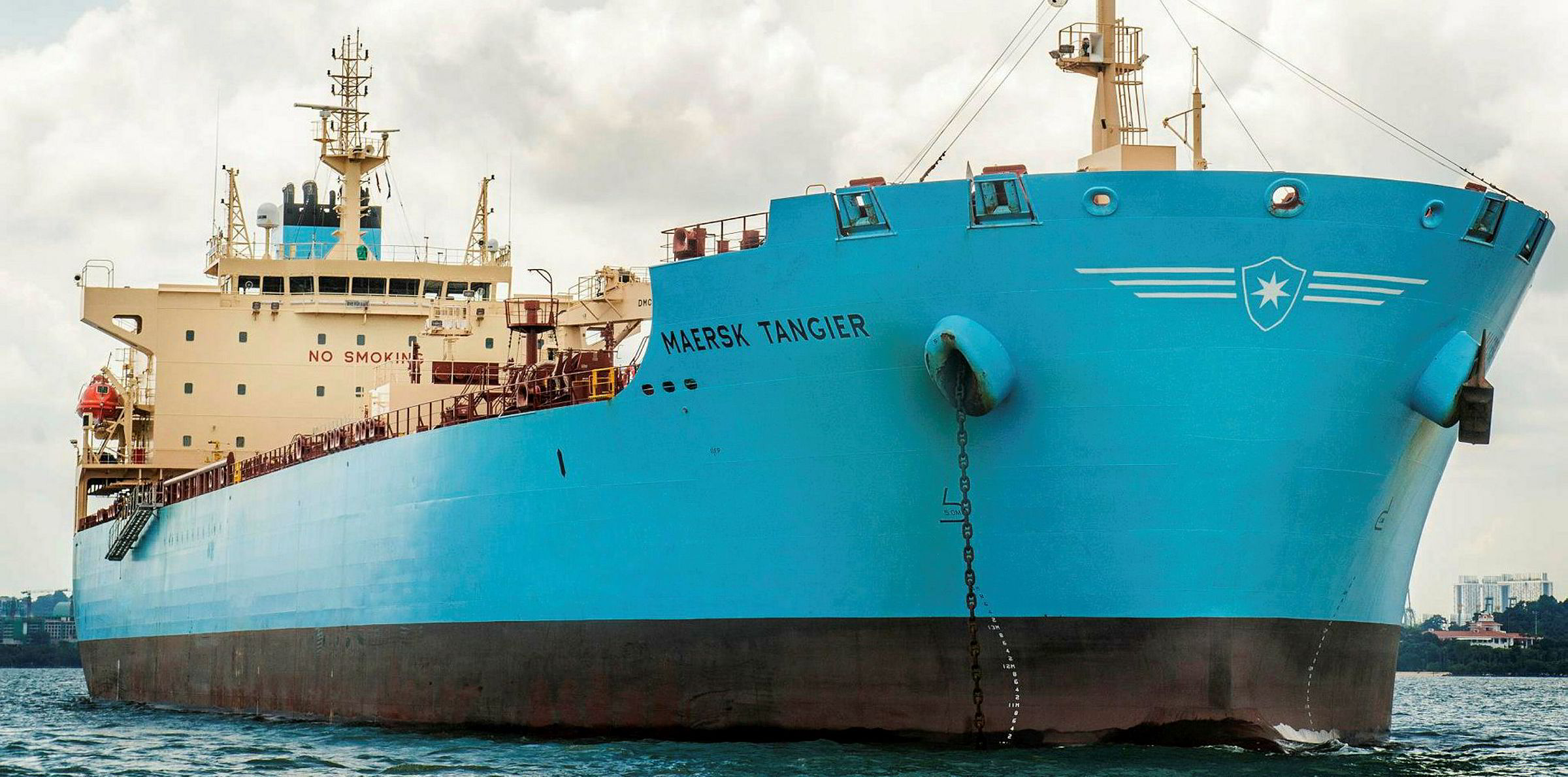Low-sulphur fuel oil (LSFO) will become the preferred fuel when IMO 2020 regulations come into play as fuel availability issues dissipate, according to ClipperData.
Based on the energy intelligence provider’s latest forecast, LSFO consumption will make up 39% of global marine fuel mix come 2020, or 1.72m barrels per day (bpd).
Marine gasoil (MGO) consumption will account for 33% in the bunker mix, or 1.45m bpd.
In ClipperData’s previous forecast, MGO would account for 40% of the total bunker demand while LSFO would make up 32%.
“We had been concerned about LSFO availability, and whether there would be sufficient volume to meet global demand,” ClipperData’s senior energy analyst Josh Lowell said.
“These fears have been partially assuaged by increased transparency from producers and suppliers, who have gradually shed light on where LSFO will be produced and marketed.
“And while clarity on LSFO-MGO price spreads remained elusive in the first quarter of 2019, prices heading into 2020 are pointing to a spread that should favor LSFO consumption.”
However, Lowell pointed out the swing from MGO to LSFO as the fuel of choice could face some obstacles.
“We still consider fuel quality to be a real concern, with just one incident triggering wide skepticism of LSFO blends,” Lowell said.
“The rollout of a global LSFO supply network is filled with contamination hazards, and some compatibility or stability issue will undoubtedly occur in due time.”
“We also continue to worry about whether global LSFO production can meet total marine bunker demand, and whether LSFO will be available in smaller ports in sufficient volumes.”
Among other options, ClipperData expected high-sulphur fuel oil (HSFO) consumption by vessels with scrubbers to account for 17% of total bunker demand in 2020, while LNG use will be at less than 1%.
Around 10% of bunker consumption can be attributed to non-complying shipowners, according to ClipperData.
Long-term view
With shipowners becoming more comfortable with LSFO compatibility over time, the share of LSFO in total bunker consumption will increase to 41% while MGO fall to 27% in 2021, according to ClipperData.
Further out, ClipperData expects the LSFO share to fall back to 40% while MGO creeps up to 30%.
“One reason behind the rise in demand for MGO toward the middle of the next decade will be due to the likely emergence of a Mediterranean emission control area,” Lowell said.
With the number of vessels installed with scrubbers expected to increase, ClipperData forecast the share of HSFO in legal use to rise to 23% in 2021 and 27% in 2025.
Lowell suggested non-compliance rate would fall sharply after 2020, though.
“As the price of HSFO recovers after the first few years of the sulfur cap due in part to high scrubber acquisitions, the economic incentive to cheat will dissipate,” he said.
“We also expect enforcement to become increasingly robust after 2020 as best practices are shared and fines are levied and publicised.”
Meanwhile, LNG will remain a “fringe marine fuel” up until 2025, Lowell added.
“Its long-term viability will depend on a buildout of global bunkering infrastructure, as well as how many shippers opt for LNG or dual-fuel powered newbuilds,” he said.






